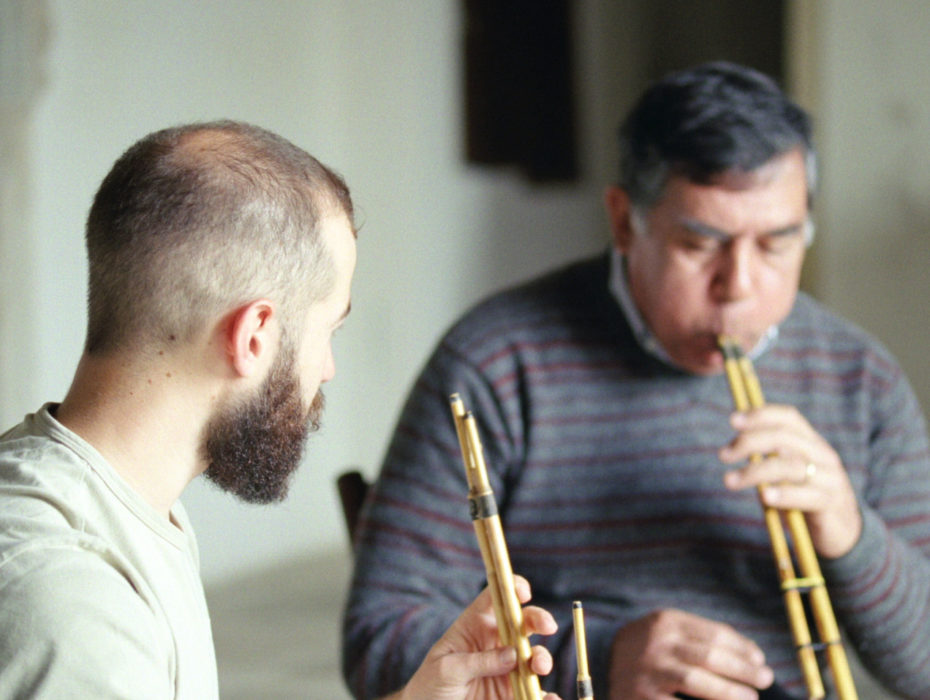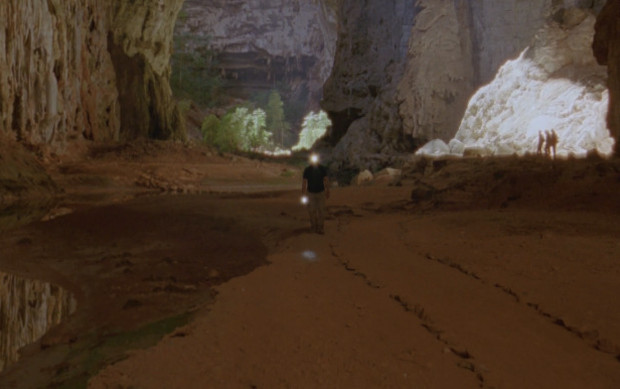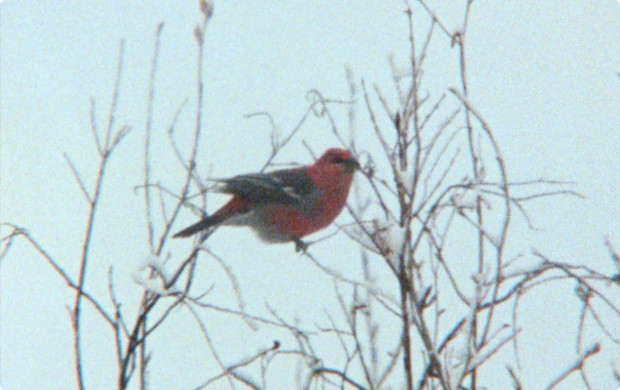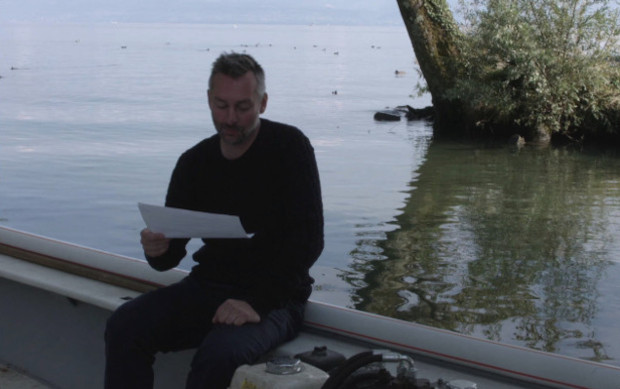Allegro Largo Triste
- 2017
- France; United Kingdom
- 36 minutes
- No dialogue
When filming the Sardinian musician Franco Melis, Aurélien Froment does not stop at simply documenting the practice of a long lineage of launeddas players. He invents a form that rhythmically espouses the sonatas, yet avoids mindlessly imitating them. The succession of sequences reveals to us this astonishing three-pipe instrument: the instructions that Melis gives to a younger player familiarises us with it and we then witness how simple it is for him to fashion one using a pocket knife. The museum in Cagliari, with its Nauragic statuette of a launeddas player, links the present-day musician to a past sedimented in the landscape: the architecture of the church where he plays with his back to the altar; the background mountain landscape in the last stretch of the film, where the use of celluloid takes on all its meaning. The framing and editing never purport to turn folklore into a spectacle. By making room for small visual elements in his sequence shots, the filmmaker finds the equivalent to the continuous breathing technique required by the launeddas. When the frame widens and the master is revealed surrounded by six other musicians, the cycle of transmission initiated at the beginning is completed and the ramped-up polyphony reaches an incredible high note. (Charlotte Garson)
- Production : Aurélien Froment, red shoes
- Photography : Margaret Salmon
- Sound : Pete Smith
- Editing : Aurélien Froment
- Original music : Franco Melis
- Print contact : Isabelle Alfonsi / Galerie Marcelle Alix, Paris • email isabelle@marcellealix.com






